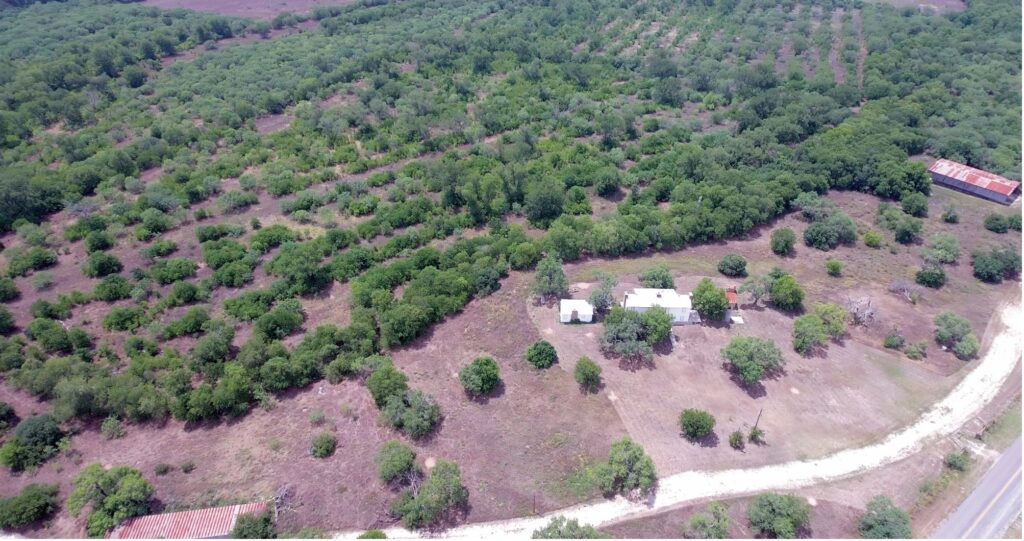Last Updated on January 30, 2024
The River Authority has two new park projects in Bexar County that will open to the public this Fall 2023 to celebrate Public Lands Day: Hendrick Arnold Nature Park and Trueheart Ranch Nature Park. These parks will allow surrounding communities to experience nature through interpretive, recreational, and educational opportunities. Both Hendrick Arnold and TrueHeart Ranch parks will open to the public at the beginning of their development with nature trails, interpretive signage, and access to portable restrooms. Read below to learn more about both areas’ natural features and fascinating history!
Hendrick Arnold Nature Park
Hendrick Arnold Nature Park contains seventy-four acres of riparian woodland that fronts the Medina River. Gravel mining operations on the site ended in 1940, allowing riparian growth to cover the area and creating one of the few remaining woodland creek properties in Bexar County. The River Authority purchased the property with plans to develop it as a nature interpretive and educational park. Check out this incredible footage of the park from a recent tour with the River Foundation!
This park is named after Hendrick Arnold, a Black military scout, guide, and spy during the Texas Revolution. In 1804, he was the earliest known Black Texas Ranger. Arnold emigrated to Texas in the winter of 1826 with his parents, Daniel Arnold, a white man, and Rachel Arnold, who was Black. Although his brother, Holly, was regarded as white, both Hendrick and Holly were considered free. In 1827, Hendrick and an enslaved woman named Dolly had a daughter, Harriet. By the fall of 1835, Arnold had settled in San Antonio, married Martina (María), and they had a daughter, Juanita. When Mexican forces under General Martín Perfecto de Cos occupied San Antonio, Arnold and his hunting partner, Erastus (Deaf) Smith, served as guides to the Texans. Arnold took part in the battle of Concepción and later served as a guide for Benjamin Milam’s division during the siege of Bexar. In his official report of the battle, Francis W. Johnson acknowledged Arnold’s bravery, citing Arnold for his “important service.”
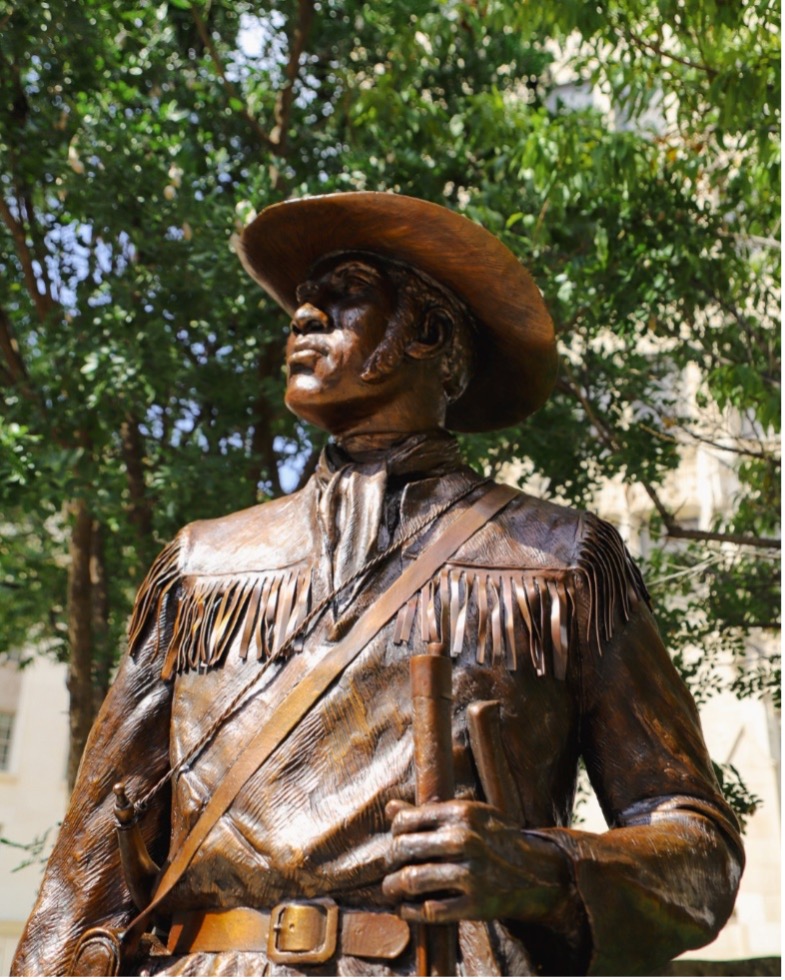
Bronze statue depicting Hendrick Arnold by artist Ed Dwight located in the Hall of Heroes at Alamo Plaza, San Antonio, Texas. Photo by Beverly Alford for texianpartisan.com.
After the revolution, Arnold received compensation in the form of land a few miles northwest of the site of present-day Bandera. He also arranged an indentured servant Headright Property contract between his daughter Harriet and James Newcomb. This contract was cut short by the cholera epidemic that claimed both Arnold and Newcomb’s lives. In 1849, Newcomb’s administrator, George M. Martin, petitioned the Texas House of Representatives to permit Harriet to remain in the state as a free woman of color. Arnold’s family made several attempts to regain Harriet from Martin, resulting in a lawsuit and an unclear outcome. Hendrick Arnold died in the cholera epidemic in Bexar County in 1849 and was buried on the banks of the Medina River. Today, a portion of the mill he operated stands near Mission San Juan. Arnold’s life highlights the complex racial dynamics of the time and the contributions of Black individuals in shaping Texas history.
Trueheart Ranch Nature Park
Trueheart Ranch Nature Park contains 351 acres of pecan orchards, livestock grazing, and riparian woodland that fronts the San Antonio River. The master planning effort was the first step toward a comprehensive long-range visioning process to identify areas for preservation, restoration, interpretation, and recreation, preserving as much of the site as possible.
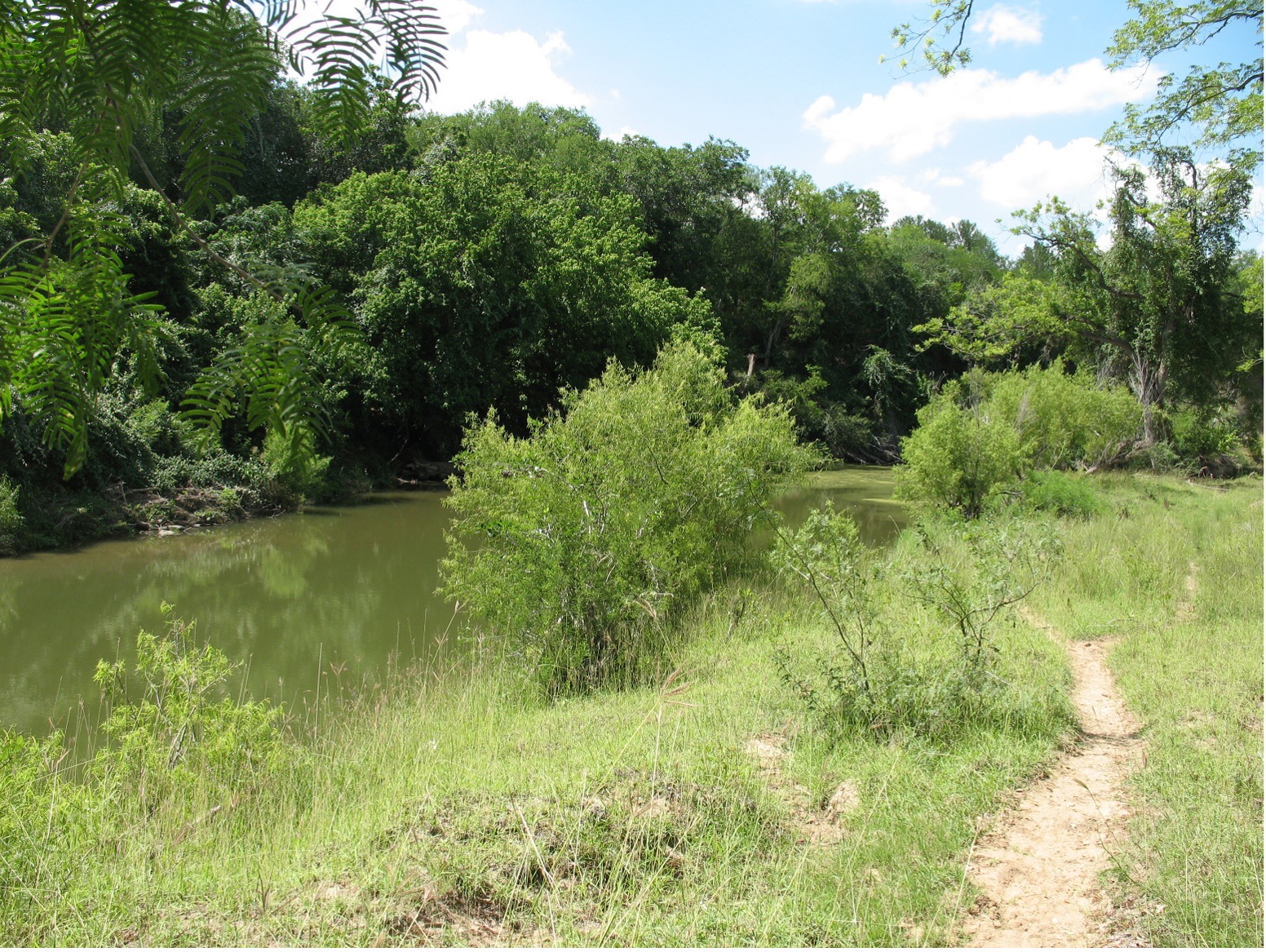
A section of the Trueheart Ranch property fronts the San Antonio River.
The Trueheart Ranch boasts a fascinating history dating back to the early 19th century when it formed part of a much larger Mexican government land grant given to José Antonio de la Garza in 1824. De la Garza was one of the more prominent landowners in Bexar County. After his death, the land was passed down to his daughter, Margarita, who inherited approximately 800 acres when she married James Trueheart in 1848. Trueheart built a two-story stone house for his bride and improved the land by digging out old irrigation ditches and creating new ones. He may have also built lime-producing kilns and a stone viaduct that crosses a creek to transport lime and stone for the house. Legend has it that Trueheart also planted Pecan trees. Trueheart, Margarita, and their family later placed a number of families there and began cultivating the land in small family plots while living in downtown San Antonio. After Margarita’s death in 1899, her children sold off 372 acres of the land, including the ranch house, to the San Antonio Hunting and Fishing Association in 1902. The association built Blue Wing Lake on the property as a sanctuary for migrating ducks and pumped water from the San Antonio River to maintain it.
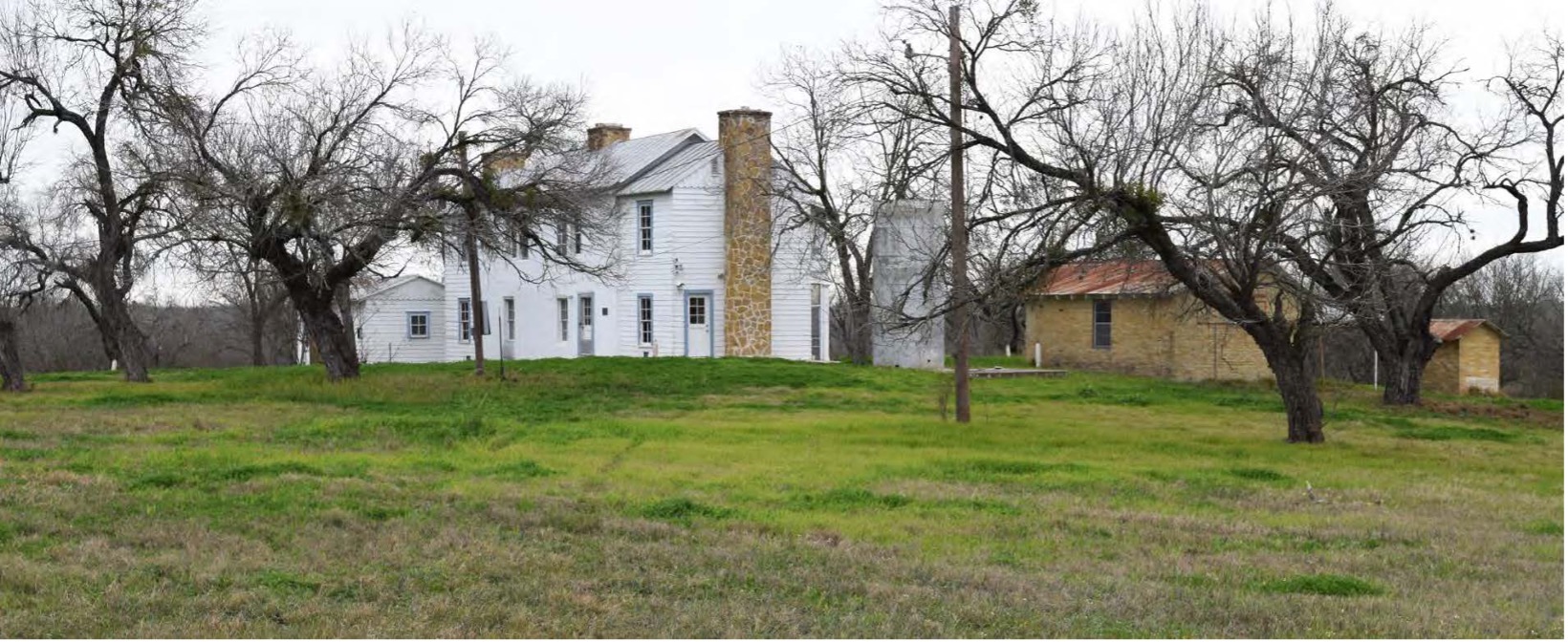
The ranch house and adjacent buildings at Trueheart Ranch Nature Park.
In 1913, Conrad Alexander Goeth became the true owner of the ranch holdings. Goeth and his son, Fred, managed the ranch together and bought back the lands of the original Trueheart Ranch, increasing the acreage from 372 to about 790 acres. Fred Goeth had the ranch house recognized as an early Texas historic landmark in 1924, documented by the Historic American Building Survey program in 1936, and recognized by the National Register of Historic Places in 1969. Fred Goeth lived with his wife in the ranch house from about 1936 until his death in 1962. The ranch was later sold to various owners. In 2015, a 325-acre parcel that included the ranch house and a historic conservation easement placed on a small part of the property by the San Antonio Conservation Society was sold to the San River Authority.
In addition to these parks’ fascinating history, they are also pathways for migratory animals and pollinators, which depend on the native plants and trees that grow within the San Antonio River Watershed and the Media River Watershed. These ecosystems individually include over 250 species of native grasses, plants, shrubs and trees that provide essential nutrients to wildlife and insects. As these ecosystems continue to heal and sustain themselves, the resulting bionetworks along both the San Antonio and Medina rivers will continue to support many migratory species for all to enjoy.
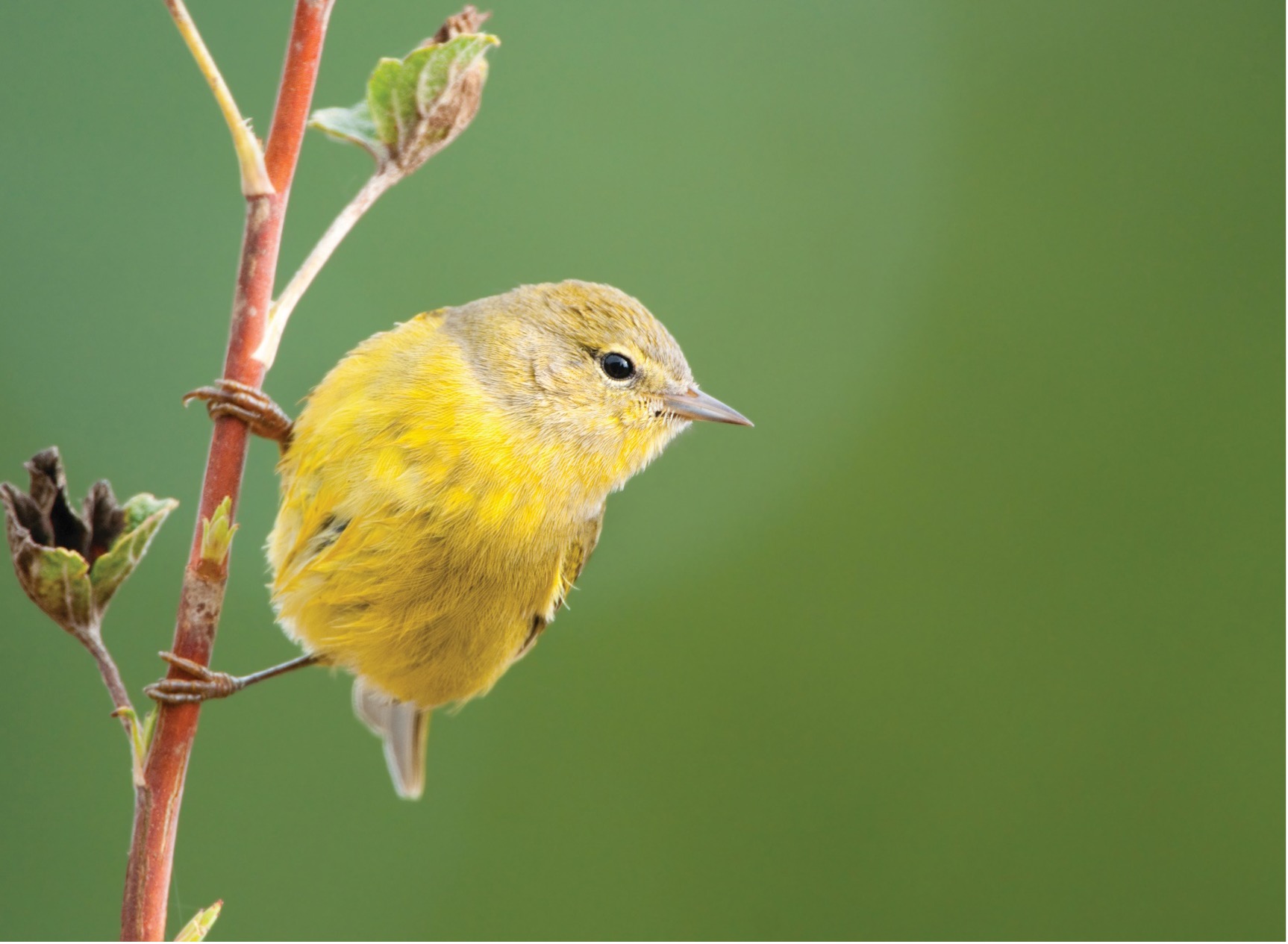
Some birds, like the Orange-crowned Warbler, feed on insects and nectar they get by piercing the bases of flowers. The Orange-crowned Warbler has a migration range that stretches from Southeastern Idaho to the Medina River in South Central Texas, demonstrating the national significance of the San Antonio River Watershed.
Stay tuned on the River Authority website and social media for more information on the openings of these new parks. See you at the River!

